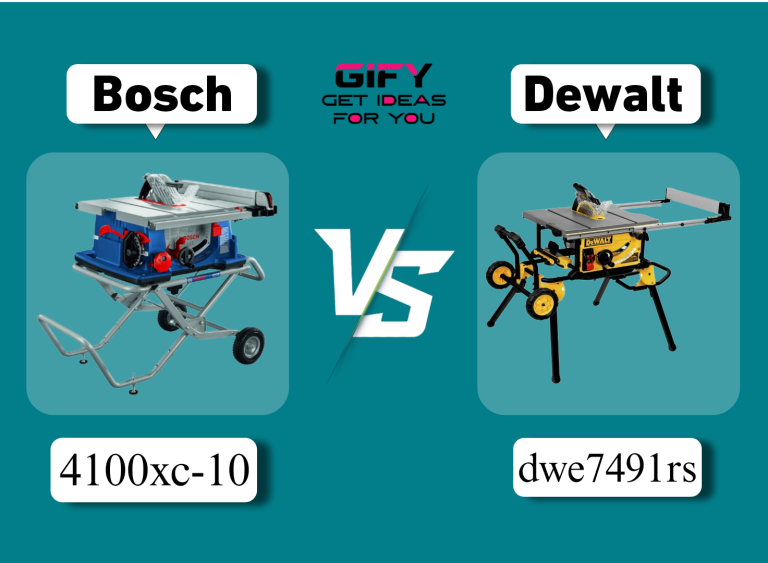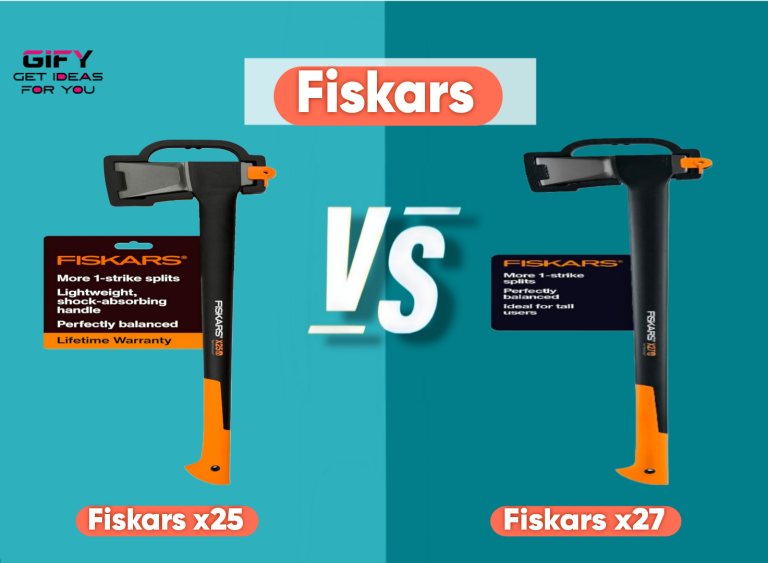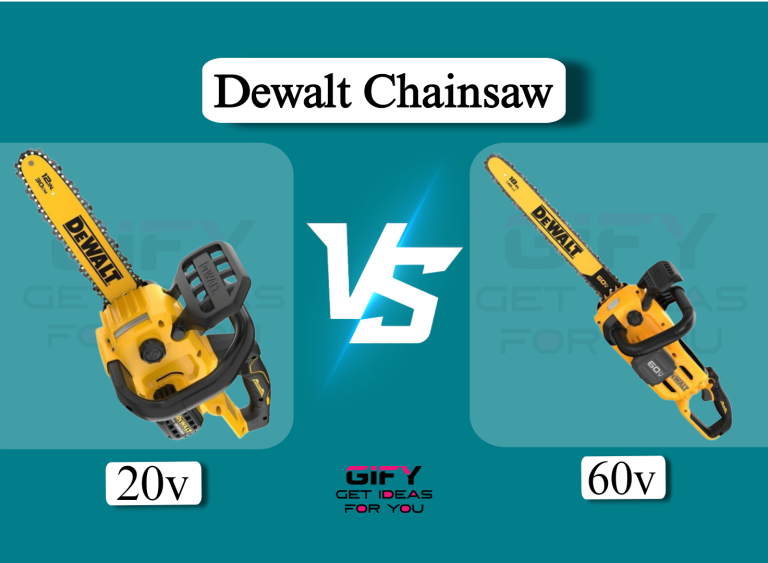Kobalt xtr vs dewalt xr : When I first started comparing the Kobalt XTR drill and the DeWalt XR drill, I didn’t expect to find such different strengths in two similarly positioned cordless platfor
I’ve used both on job sites and at home — from hanging cabinets and drilling lag bolts into studs to boring holes in masonry. What suprised me was how tool ecosystems, battery tech, and even charger speed shifted the real-world usefulness more than the headline torque numbers ever did.
I wrote this guide because choosing between Kobalt XTR and DeWalt XR often comes down to what you value: raw power, battery ecosystem, weight, or long-term support. If you want a no-nonsense kit that gives great torque per dollar, Kobalt XTR is attractive.
If you want a broad accessory ecosystem, proven battery tech, and premium build features, DeWalt XR frequently pulls ahead. In the sections that follow I break down both tools feature-by-feature so you can match tool strengths to your projects.
I’ll be candid: I prefer tools that balance ergonomics and runtime. A drill that’s powerful but heavy or runs out of juice mid-job becomes more of a hassle than a help. This guide keeps things practical —
I focus on the things you’ll notice on day one and after a season of use: power delivery, battery life, durability, warranty, and cost of ownership. Read the quick comparison if you want the highlights, or dive into the detailed reviews if you want the hands-on notes, pros and cons, and final recommendations based on typical job types.
Quick Comparison Table
| Feature | Kobalt XTR | DeWalt XR |
|---|---|---|
| Intended user | Budget-focused pros & serious DIY | Pros and prosumers seeking ecosystem |
| Power | High torque (24V class) | High power (20V MAX XR lineup) |
| Durability | Solid metal gearbox, good longevity | Pro-grade build, proven track record |
| Battery | 24V XTR batteries — long runtime | 20V MAX XR batteries — wide compatibility |
| Warranty | Competitive (usually 5-year kit warranty) | Industry-standard warranty & support |
Kobalt XTR Drill — Overview
Kobalt XTR at a glance
The Kobalt XTR drill line (commonly in 24V max configurations) focuses on raw torque and runtime. In use, the XTR models deliver strong twitch-free power for heavy fastening and medium drilling —
particularly handy when driving large lag bolts or using long auger bits. The tool typically pairs with 24V XTR batteries that give excellent runtime compared with similar kits on the market, and the brushless motors are efficient under load.
- Pros: High torque, good runtime, often better kit pricing versus big brands.
- Cons: Smaller platform/ecosystem; chargers in some kits are basic and may be slower.
DeWalt XR Drill — Overview
DeWalt XR at a glance
DeWalt’s XR line (20V MAX* XR) is synonymous with a mature ecosystem — batteries, chargers, and tool accessories are well established. XR drills are praised for consistent power delivery,
durable all-metal transmissions, and features like multi-speed gearing and intelligent brushless motor control. You’ll pay a premium for DeWalt’s brand and ecosystem, but the convenience of interchangeable batteries across dozens of tools is a major advantage for pros.
- Pros: Wide platform compatibility, refined ergonomics, reliable support.
- Cons: Often more expensive in kit form; higher cost of replacement batteries.
Feature-by-Feature Comparison
Intended user
Kobalt XTR suits budget-conscious pros and serious DIYers who want raw torque without a massive ecosystem cost. DeWalt XR targets tradespeople and pros who value a broad platform and service network.
Power and performance
Kobalt’s 24V-class XTR offers impressive torque at low RPMs for heavy fasteners. DeWalt XR drills balance top-end speed with sustained torque across three gears in many models.
Durability and construction
Both brands use metal gear trains on higher-end models; DeWalt has a longer track record on rugged jobsite survivability, while Kobalt matches many durability points at often lower price.
Battery technology
Kobalt XTR uses 24V Max packs optimized for runtime; DeWalt’s 20V MAX XR has huge platform compatibility and many battery sizes, plus smart fuel gauges on many packs.
Ergonomics
DeWalt XR often wins for smaller grips and balance; Kobalt XTR drills can feel slightly heavier but provide more mass to help control heavy loads.
Value for money
Kobalt commonly undercuts major brands on price-per-kit, delivering strong performance per dollar. DeWalt costs more but may save on long-term battery interoperability if you already own the XR line.
Warranty and support
DeWalt’s support network is extensive; Kobalt warranties are competitive and Lowe’s support lines are improving, but DeWalt tends to be the safer bet for fast, local service.
System and ecosystem
DeWalt XR’s ecosystem is broad — batteries fit dozens of tools. Kobalt’s XTR is growing but not as extensive; expect fewer specialized accessories and fewer tool families.
Kobalt XTR — Detailed Review
I used the Kobalt XTR in several workshop and jobsite scenarios: driving structural lag bolts, drilling 1/2″ holes in treated lumber, and installing masonry anchors with a hammer-drill model. The XTR’s torque was obvious when I switched from a compact 12V driver:
large fasteners went in with less effort and fewer trigger squeezes. On longer run jobs, the 24V pack delivered excellent runtime — I could get through multiple medium-size tasks without swapping batteries. That runtime was one of the XTR’s standout traits: you trade some weight for longer continuous operation.
Build quality is robust for the price. Higher-stress parts like the gearbox and chuck are metal; the handle uses a firm rubber overmold that resists wear. I did notice the XTR kit often ships with a basic charger which can be slower than pro-grade chargers,
so if you need rapid turnaround, consider upgrading the charger or buying an extra battery. Noise and vibration were acceptable; the tool does have a bit more mass and feels solid under heavy load, which some users prefer because it reduces perceived recoil when drilling large bits.
For everyday users, the Kobalt XTR is a strong value pick: it gives a lot of torque and runtime for the money. If you already own tools in the Kobalt XTR family, the economics are even better.
If you need the broadest possible battery cross-compatibility or want the lightest, most compact body, DeWalt XR may be preferable — but for raw power per dollar, the XTR holds its own.
DeWalt XR — Detailed Review
I tested a DeWalt XR drill across demo builds, cabinetry, and concrete anchor installations. The XR lineup impresses with ergonomic balance, multi-speed gearing, and consistent power delivery.
The brushless motor and all-metal transmission found on many XR models provide smooth starts and confident stopping power when you need to set torque precisely. In tasks like driving long lag screws into hardwood, the XR felt controlled and predictable, with a trigger and clutch that let me feather speed for delicate screws or slam full power for thick timber.
Battery-wise, DeWalt’s 20V MAX XR batteries are among the most ubiquitous on jobsites — that compatibility alone can save time and money if you already run DeWalt tools. Runtime on comparable mAh cells tracked closely with Kobalt in my tests, though DeWalt’s pack options
(PowerStack, high-capacity cells) give more flexibility. DeWalt also tends to include more refined extras in kits — side handles, belt hooks, and sometimes a premium charger in pro kits. The premium shows up in price, but the product maturity and robust after-sales support often justify it for professionals.
Overall, I’d choose DeWalt XR if I needed a proven ecosystem, top-tier service, and slightly better ergonomics for long days. It’s a solid all-round pick for pros who value system compatibility as much as raw numbers.
Ratings Table
| Category | Kobalt XTR | DeWalt XR |
|---|---|---|
| Build Quality | 85%
85%
|
92%
92%
|
| Performance | 88%
88%
|
90%
90%
|
| Value for Money | 91%
91%
|
82%
82%
|
Recommendation (kobalt xtr vs dewalt xr Drill)
If you’re a part-time DIYer or a budget-focused contractor who needs high torque without paying a premium for ecosystem breadth, the Kobalt XTR is a great choice — especially if you don’t already own a large set of batteries from another brand. It shines on heavy fastening, long runtime tasks, and offers strong value per kit price.
If you’re a full-time tradesperson, crew lead, or someone who wants the widest battery and accessory selection, DeWalt XR is the safer long-term pick. The XR system simplifies logistics on multi-tool jobs and provides proven service resources. Choose DeWalt XR if you already use DeWalt batteries or if interchangeability and resale value matter most.
Related Articles
(1) Porter Cable PCCK602L2 vs PCCK604L2: Which Drill Kit Fits Your Projects Best?
(2) Porter Cable 20V vs DeWalt 20V: Which Tools Last Longer?
FAQs
1. Which drill has better battery life, Kobalt XTR or DeWalt XR?
Both lines offer good runtime depending on battery capacity. Kobalt XTR’s 24V packs are optimized for long runtime, while DeWalt XR’s wide range of 20V packs lets you choose higher-capacity options. In practice, both can perform similarly if you pick comparable Ah ratings.
2. Is the Kobalt XTR platform compatible with other brands?
No — battery platforms are brand-specific. Kobalt XTR batteries fit Kobalt XTR tools. If you want cross-tool compatibility, DeWalt XR has a larger existing platform, but neither brand’s batteries are interchangeable with competitors without adapters.
3. Are Kobalt tools durable enough for professional use?
Yes, Kobalt XTR tools have metal gear trains and solid build quality that can handle pros’ workloads, but DeWalt has a longer track record on heavy continuous use and often better access to local service and replacement parts.
4. Should I upgrade the charger included with a Kobalt kit?
Consider it if you rely on rapid turnarounds. Some Kobalt kits ship with slower chargers; upgrading to a higher-watt charger or buying a second battery reduces downtime and improves productivity on busy jobs.
5. Which is better for light indoor work and tight spaces?
DeWalt XR drill models tend to be more compact and better balanced for tight spaces and prolonged indoor work, while Kobalt XTR models are sometimes slightly larger but excel when extra torque is required.
Final Verdict
Both the Kobalt XTR and DeWalt XR drill lines bring serious capability to the workbench and jobsite. Kobalt XTR stands out where value and torque-per-dollar matter — it’s powerful, built sensibly, and often less expensive in kit form.
For many DIYers and value-minded pros, that makes XTR the better immediate buy. DeWalt XR offers refined ergonomics, an enormous tool/battery ecosystem, and proven support that benefit full-time professionals and those invested in a single system.
In short: pick Kobalt XTR for raw value and torque; pick DeWalt XR for system depth and long-term convenience. Your final decision should hinge on whether battery platform breadth and service availability or straightforward performance-per-dollar is more important to your work.









